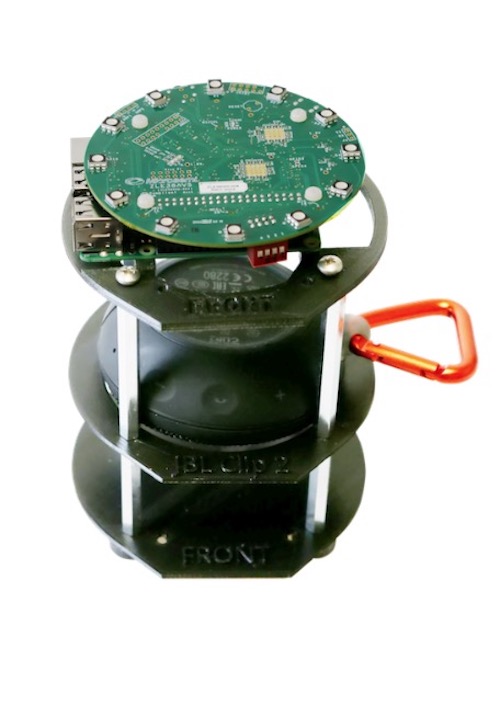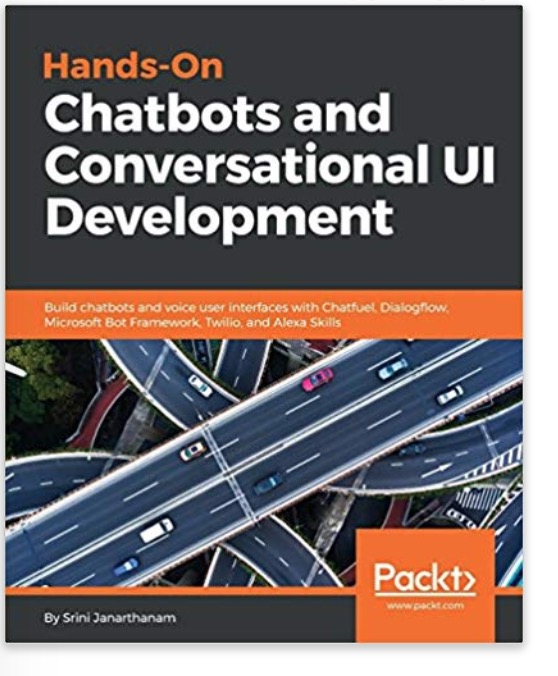Recent Posts
Development Kit for Amazon Alexa Voice Service (AVS) Utilizes Raspberry Pi 3B
Posted by on
Microchip Technology Inc., through its Microsemi Corporation subsidiary, introduced its AcuEdge ZLK38AVS Development Kit for Amazon Alexa Voice Service (AVS) with far-field voice pick up and the versatility to build devices with various mic array configurations.
The kit features the ZL38063 audio processor which includes a 300 MHz DSP and dedicated hardware accelerators for voice processing. It also includes Stereo Acoustic Echo Cancellation (AEC), which enables barge-in recognition to enhance consumer experience in extreme audio playback settings.
The development kit allows far-field speech recognition in the presence of interfering noise sources, including device playback and external noise sources. The field-programmable, field-upgradable system supports signal processing algorithms proven to improve both local trigger detection performance and cloud speech recognition accuracy, while the multi-microphone configurations include Direction of Arrival (DOA) estimation to indicate the location of the original voice sound source.
The development kit uses the ZL38063 audio processor which connects directly to a Raspberry Pi 3B with plastics and mounting hardware to resemble a common, recommended end-application mic-speaker arrangement. It supports all microphone options and includes an LED ring to report the detected sound position, as well as a high-quality speaker that is representative of a typical smart speaker application.
Conversation as an interface is the best way for machines to interact with us using the universally accepted human tool that is language. Chatbots and voice user interfaces are two flavors of conversational UIs. Chatbots are real-time, data-driven answer engines that talk in natural language and are context-aware.
Voice user interfaces are driven by voice and can understand and respond to users using speech. This book covers both types of conversational UIs by leveraging APIs from multiple platforms. We'll take a project-based approach to understand how these UIs are built and the best use cases for deploying them.
We'll start by building a simple messaging bot from the Facebook Messenger API to understand the basics of bot building. Then we move on to creating a Task model that can perform complex tasks such as ordering and planning events with the newly-acquired-by-Google Dialogflow and Microsoft Bot framework.
We then turn to voice-enabled UIs that are capable of interacting with users using speech with Amazon Alexa and Google Home.
By the end of the book, you will have created your line of chatbots and voice UIs for multiple leading platforms.
 Loading... Please wait...
Loading... Please wait...


